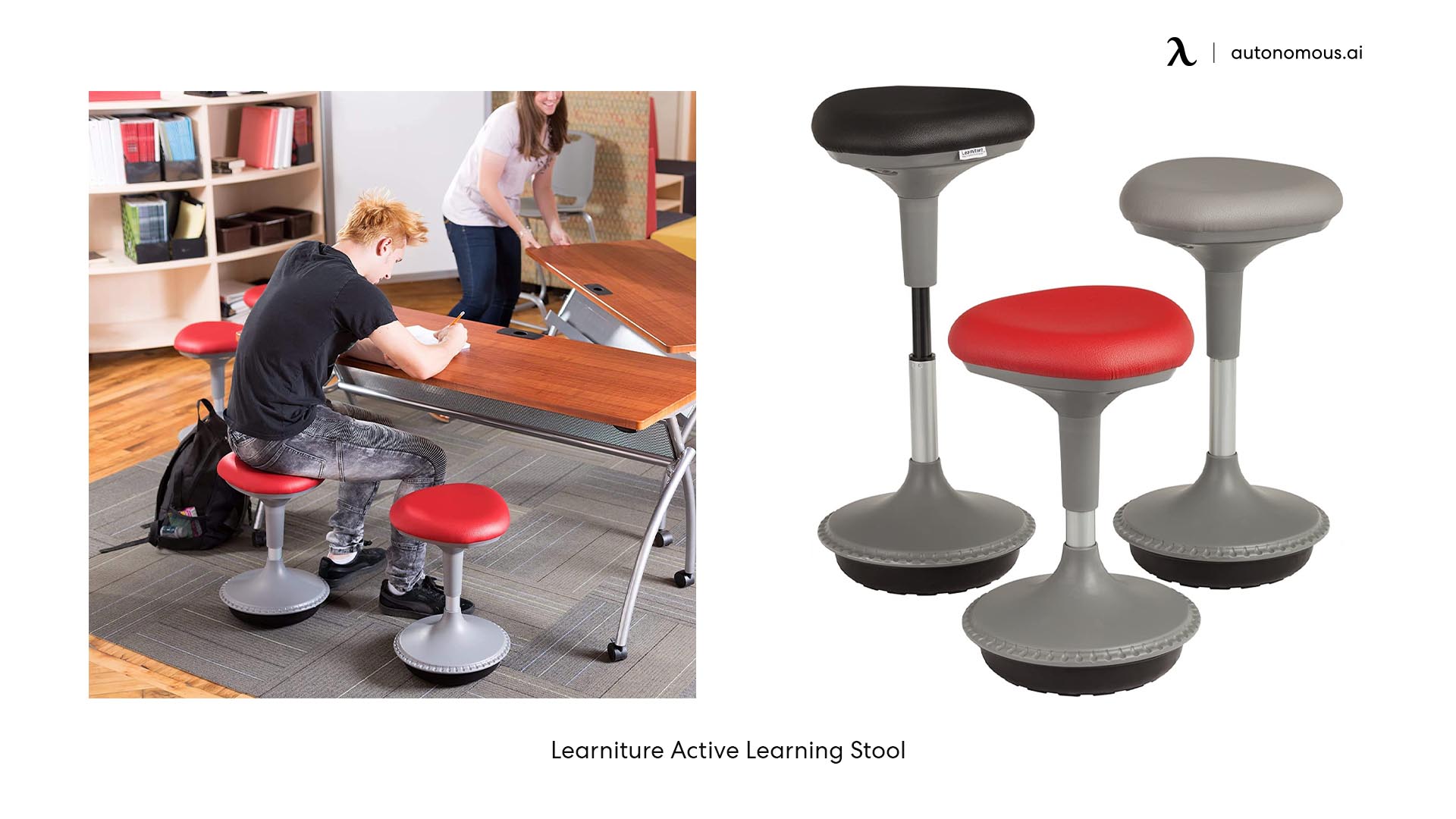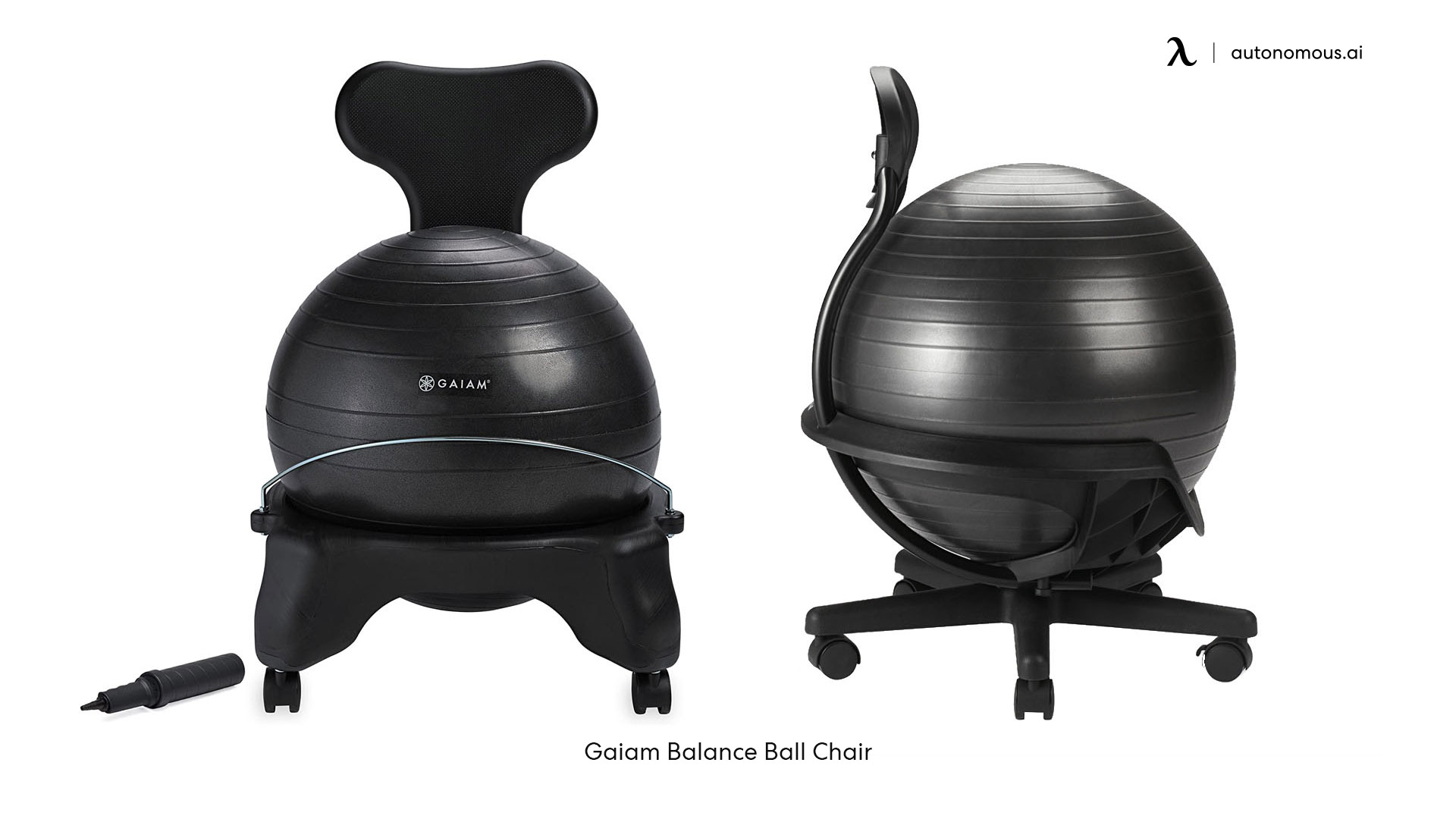Top Active Sitting Chair Features & Benefits: Active Sitting Chair Reviews

Active sitting chairs are designed to encourage movement and improve posture, offering a compelling alternative to traditional office chairs. They incorporate features that promote a healthier and more dynamic sitting experience, leading to numerous benefits for your physical well-being. This section will delve into the key features of these chairs and compare their advantages to standard office chairs.
Active sitting chair reviews – Active sitting chairs boast several key features that contribute to their effectiveness. These features work in tandem to support good posture, encourage movement, and alleviate the discomfort often associated with prolonged sitting.
Key Features and Benefits of Active Sitting Chairs
The following table highlights three crucial features commonly found in high-quality active sitting chairs, along with their benefits and potential drawbacks.
| Feature | Benefits | Potential Drawbacks |
|---|---|---|
| Saddle Seat Design | Promotes an upright posture, reduces pressure on the tailbone, and encourages a more open hip angle, improving spinal alignment. This can help alleviate back pain and improve circulation. | May require an adjustment period as it differs significantly from traditional seating; some users might find it initially uncomfortable. |
| Adjustable Height and Tilt | Allows customization to fit individual body types and preferences, ensuring optimal support and comfort. Adjustability is crucial for maintaining proper posture throughout the day. | Requires initial setup and occasional adjustments throughout the day. |
| Knee Support or Knee Tilting Mechanism | Supports proper leg posture, reducing strain on the lower back and hips. The tilting mechanism allows for dynamic movement, further promoting circulation and preventing stiffness. | May not be suitable for all users, especially those with pre-existing knee conditions. Some designs might feel less stable than traditional chairs. |
Ergonomic Advantages of Active Sitting Chairs vs. Traditional Office Chairs
Active sitting chairs offer distinct ergonomic advantages over their traditional counterparts. The differences are significant enough to impact long-term health and comfort.
- Increased Movement: Active sitting chairs encourage micro-movements throughout the day, preventing stiffness and promoting better blood circulation. Traditional chairs often lead to prolonged static postures.
- Improved Posture: The design of active sitting chairs inherently promotes better posture by encouraging an upright seated position and engaging core muscles. Traditional chairs often contribute to slouching and poor spinal alignment.
- Reduced Pressure Points: The saddle seat design and other features in active sitting chairs distribute weight more evenly, reducing pressure on specific areas like the tailbone and hips. Traditional chairs can create pressure points that lead to discomfort and pain.
- Enhanced Core Engagement: Maintaining balance on an active sitting chair naturally engages core muscles, strengthening them and improving overall stability. Traditional chairs offer minimal core engagement.
Long-Term Health Benefits of Active Sitting Chairs
The benefits of using active sitting chairs extend beyond immediate comfort. Long-term use can significantly impact overall health and well-being.
Consistent use of an active sitting chair can contribute to a substantial reduction in back pain. By promoting proper posture and encouraging movement, these chairs help alleviate pressure on the spine and surrounding muscles. This is particularly beneficial for individuals who spend long hours seated at a desk. Furthermore, the increased movement and improved circulation associated with active sitting can help prevent the stiffness and discomfort often experienced after prolonged periods of sitting. For example, a study published in the *Journal of Occupational and Environmental Medicine* showed a correlation between active sitting and a reduced incidence of lower back pain among office workers. While specific numbers vary depending on the study and population, the overall trend indicates a positive impact on back health.
Buying Guide and Considerations for Active Sitting Chairs

Choosing the right active sitting chair can significantly improve your comfort, posture, and overall well-being while working. This guide will walk you through the key factors to consider, ensuring you select a chair that perfectly suits your needs and budget. Remember, investing in an ergonomic chair is an investment in your health.
Step-by-Step Guide for Choosing an Active Sitting Chair
Selecting an active sitting chair involves careful consideration of several factors. A methodical approach ensures you find the perfect fit for your body and work style.
- Determine Your Budget: Active sitting chairs range widely in price. Establish a clear budget before you begin your search to narrow down your options effectively. Consider the long-term value; a higher-priced, durable chair may be a more cost-effective investment than a cheaper one that needs replacing sooner.
- Assess Your Body Type and Posture: Consider your height, weight, and typical posture. Different chairs offer varying levels of adjustability to accommodate different body types. If you have specific back problems, consult a doctor or physical therapist for recommendations.
- Evaluate Your Work Environment: Think about where you’ll be using the chair. A home office setup may allow for more flexibility in chair size and style than a shared workspace with limited room. Consider the aesthetics of the chair and how it will integrate into your existing office environment.
- Research Chair Features: Explore features like adjustability (seat height, backrest angle, armrests), materials (mesh, fabric, leather), and movement mechanisms (kneeling, saddle, balance ball). Prioritize features that address your specific needs and preferences.
- Read Reviews and Compare Models: Before making a purchase, thoroughly research different chair models. Read reviews from other users to gain insights into their experiences and identify potential issues. Compare features, prices, and overall value across several models.
- Test the Chair (If Possible): If you can, visit a store to test out different chairs before buying. Sit in each chair for at least 15-20 minutes to assess comfort and support. Pay attention to how the chair feels against your back and how easily you can adjust it.
- Consider Warranty and Return Policy: Check the manufacturer’s warranty and return policy. A good warranty indicates confidence in the product’s quality, and a generous return policy allows for a risk-free purchase.
Proper Chair Setup and Adjustment, Active sitting chair reviews
Correct chair setup is crucial for maximizing ergonomic support and minimizing discomfort. Adjusting your chair properly can prevent back pain, neck strain, and other musculoskeletal issues.
Proper adjustment involves customizing the chair to your specific body type and posture. Start by ensuring your feet are flat on the floor. Your knees should be bent at a 90-degree angle, and your hips should be slightly higher than your knees. The backrest should support your lower back’s natural curve. Armrests, if present, should allow your elbows to rest comfortably at a 90-degree angle, with your shoulders relaxed. Adjust the seat depth so that the chair’s edge doesn’t dig into the back of your knees. Regularly check and readjust your chair throughout the day as needed, especially after prolonged periods of sitting.
For individuals with different body types and postures, adjustments will vary. Taller individuals may require a higher seat height and a greater backrest angle, while shorter individuals may need a lower seat height and a more upright backrest. Individuals with forward-leaning postures might benefit from increased lumbar support, while those with slouching postures may require more upper back support.
Rewritten Article about Active Sitting Chairs
[This section would contain the rewritten article. Since the original article text was not provided, I cannot rewrite it here. Please provide the article text for me to complete this section.]
